Head On photo festival heading online
Although Head On has transitioned online this year due to COVID-19, exhibitions including Neo Pride by Jake Nowakowski are proving no less impactful despite the different medium.
AS alt-right groups lined the streets, Jake Nowakowski photographed one protester signalling Nazi salutes to the opposing left-wing contingent.
Organised by the United Patriots Front, the protesters were opposing the construction of a mosque in the Victorian city of Bendigo.
“I lead off with that picture because the people depicted in it and their behaviour represent the majority of alt-right members who over the years took part in these rallies,” said Nowakowski, who snapped the disturbing scene as part of a personal project while covering alt-right rallies for the Herald Sun.
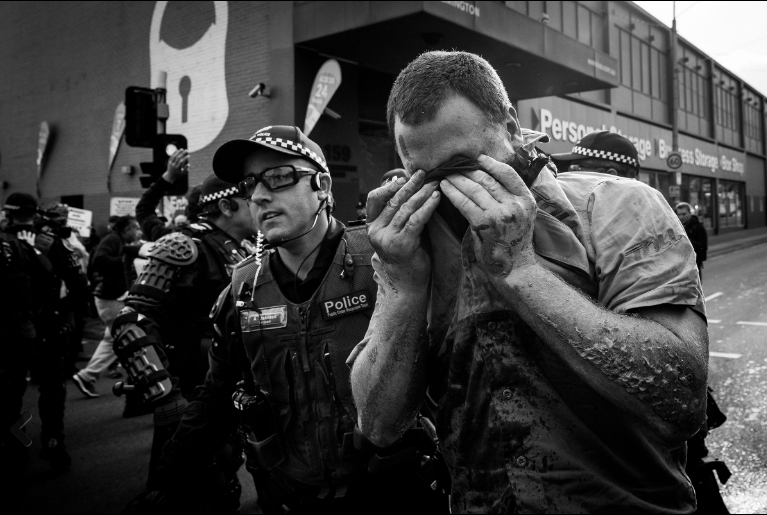
His series, Neo Pride, is currently being exhibited for the first time in Head On’s virtual festival.
Nowakowski’s message – that it is “important for the public to see these images because the behaviour of these groups is at times pretty disgraceful” – cuts to the core in light of recent public displays of Nazi symbols, and antisemitic accusations linking coronavirus to Jewish people.
“I feel it is important to document this neo pride, the rise of white supremacist groups, hatred and intolerance and it’s important to show people that this is happening to raise awareness and condemn what has become a worldwide trend in recent years.”
On many occasions, Nowakowski himself has been caught in the crossfire.
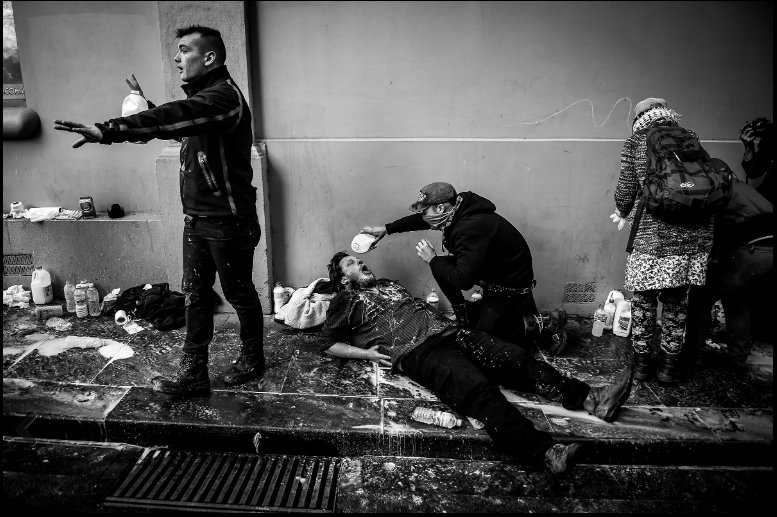
In 2016, as alt-right groups staged an anti-immigration rally and marched down Melbourne’s Sydney Road, they had a “massive altercation” with members of the anti-racism alliance near the Bell Street intersection, recalled Nowakowski.
When the alt-right were attacked by militant left-wing Antifa members, they flipped their flags upside down, turning them into makeshift batons.
“As I was photographing, I was caught up in the chaos and found myself in the middle of the violent melee. I was convinced I was going to get a baton or a fist in the head any second,” said Nowakowski.
Still, that wasn’t the most fear-inducing encounter he has experienced.
The “scariest incident” occurred at a protest opposing Milo Yiannopoulos’ speaking tour in late 2017.

The British alt-right commentator’s designated speaking venue was the Melbourne Pavilion in Flemington opposite a public housing estate which accommodated a large Muslim population.
“The left rocked up to protest Milo’s speaking event and after making a lot of noise, the residents of these high rises came out to see what was going on. Once they realised, they started protesting as well.”
At the time, it was also reported that the alt-right hurled racist and Islamophobic abuse at the left-wing protesters.
Initially, Nowakowski, who will deliver an artist talk on May 17, said the scene was “pretty placid” before the situation took a turn for the worse.
He recalled police coming out in full riot gear – equipped with batons, shields, guards – and residents pelting bricks and bottles at them.
“We were in the street where the police were … Bricks raining down and hitting the ground next to us,” were some of his vivid recollections.
Documenting these violent altercations between 2014 and 2018, Nowakowski said the alt-right was “initially more prone to violent outbursts in trying to attack members on the left”.
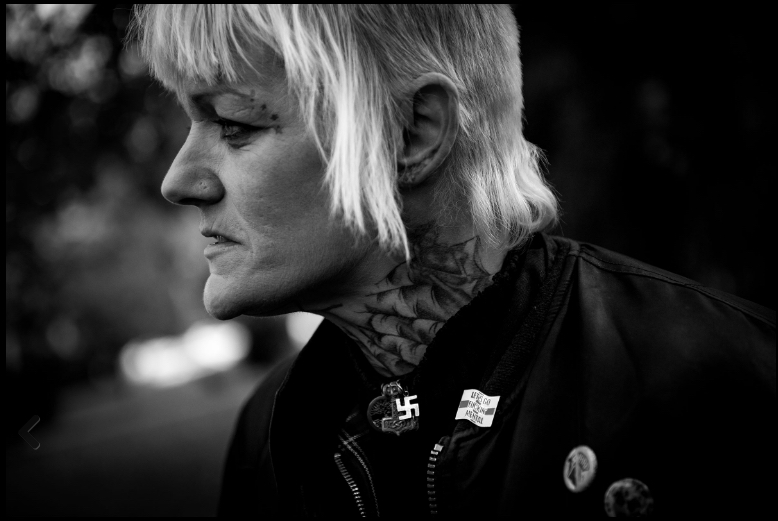
But on the left side of the equation, the Antifa contingent were usually “more violent than the people they were counter-protesting”.
Although the violence may have decreased, alt-right groups are far from extinguished. “These groups came to the attention of the AFP and Victoria Police, and some of these alt-right group leaders told me they had been raided,” said Nowakowski.
“They were very active on Facebook and used it as a platform to get their message out to recruit new members, and to stage and publicise rallies.
“Eventually, the majority of these groups either left Facebook voluntarily or were kicked off … My understanding is that many have retreated to the darker regions of the internet and are active internally.”
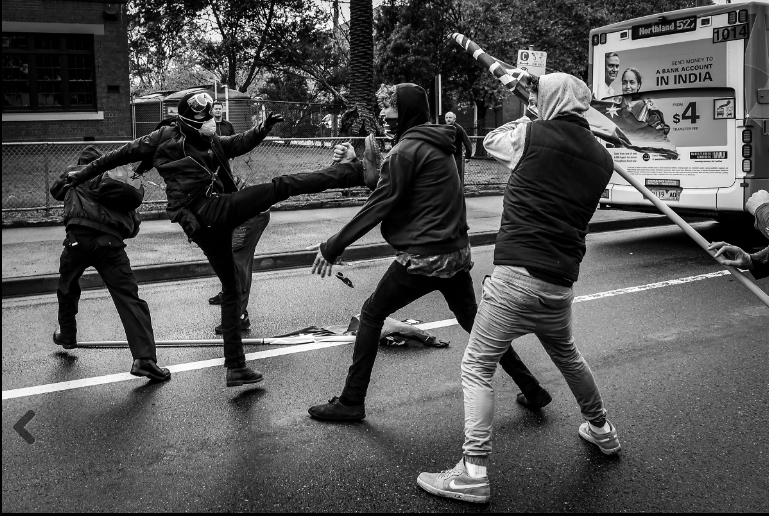
Nowakowski’s photos have been free to view online since the Head On Festival was launched on May 1. The winners of this year’s Head On Photo Awards were also announced on opening night.
Israeli artist Assaf Tager was in the running for the 2020 Portrait Prize, which was taken out by Australian photographer Fiona Wolf-Symeonides.
Another Israeli photographer, Johnny Shwartz, was a finalist in the Landscape Prize. Whimsical warrior by Mullengudgery-based special needs teacher Marcia Macmillan won the coveted prize.
With all content transitioning online, the move has opened avenues for different types of audience engagement.
Festival director Moshe Rosenzveig commented, “Head On Photo Festival prides itself on presenting not only international quality exhibitions but creating a space for cutting edge discussion and learning for both the public and professional photographers alike. Going digital has amplified this and allowed us to draw on our incredible international community.”
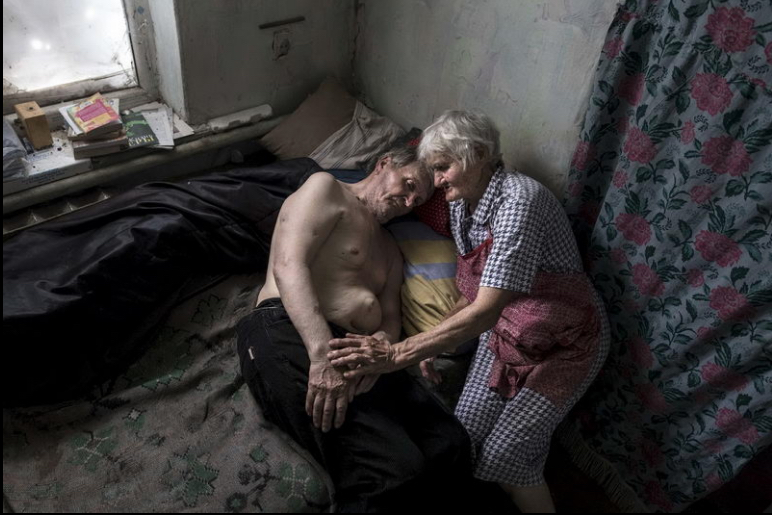
This year’s Head On festival includes a series of artist talks and Q&As with award-winning international photographers including American Paula Bronstein.
Bronstein’s exhibition, Elderly Lives Frozen By Conflict: Ukraine’s War, paints a chilling picture of a vulnerable, fragile and impoverished elderly community in conflict-ridden parts of the Ukraine.
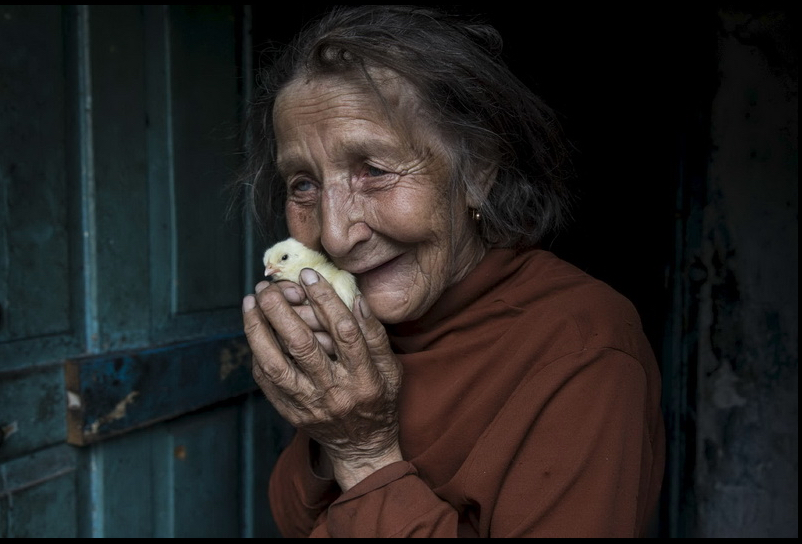
All sessions have been recorded and are available on the Head On Photo Festival website and YouTube.
Visit www.headon.com.au.

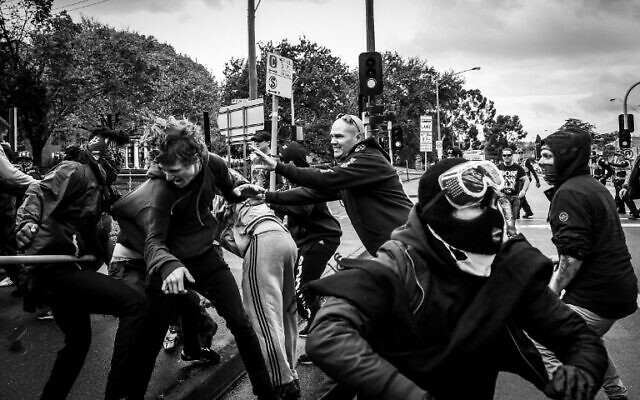
comments